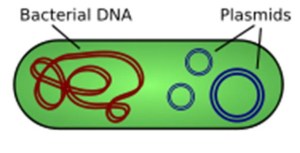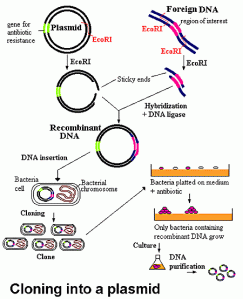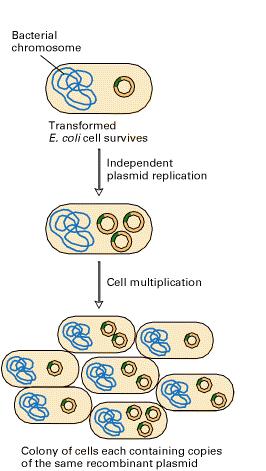Purification of DNA
DNA is the basic constituent of any living being, and some viruses too. The isolation and purification of DNA is a significant step in any molecular biological technique. We are to discuss about the mentioned three.
- Total cell DNA preparation
- Preparation of plasmid DNA
- Preparation of bacteriophage DNA
Preparation of Total Cell DNA
The procedure can be divided into the following 4 steps
Step 1: Bacterial culture growth and harvest
Step 2: Cell wall rupture and preparation of cell extract
Step 3: Purification of DNA from the cell extract
Step 4: Concentration of DNA solution
Bacterial culture and growth
Most of the bacteria are grown in or are preferred to grow in liquid media {broth culture}.
- The culture medium must provide 2 balanced mixtures of essential nutrients at concentrations that will allow the bacteria to grow and divide effectively
- Though the medium are of different types, we are here to discuss only about nutrient media.
- The media should consider the basic sources
- The most frequently used are
-
- Defined media
-
In this case we know the exact concentration of all the chemicals used in the media preparation. This media contains 2 mixtures of inorganic nutrients to provide essential elements like N, Mg, Ca as well as glucose. Additional growth factors like trace elements and vitamin may be added to provide additional nutrients to the bacteria depending upon the bacterial species.
Example
Composition of M9 medium
|
Constituent |
Amount |
Source for? |
|
NaH2PO4 |
6 |
Sodium source |
|
KH2PO4 |
3 |
Potassium source |
|
Nacl |
0.5 |
Salt |
|
NH4Cl |
1.0 |
|
|
MgSO4 |
0.5 |
|
|
Glucose |
2.0 |
|
|
CaCl2 |
0.015 |
|
Undefined Media
In this case the precised identity and the quantity of its components are not known. Ingredients like tryptone and yeast extract are used which are complicated mixture of unknown chemical compounds. It is known as tryptone contains small peptides and amino acids like whereas yeast extract supplement provides N2 and glucose requirement to the bacteria. This complex media needs no further supplementation and support growth of wide range of bacterial species
|
Constituent |
Amount req |
Source |
|
Tryptone |
10 |
|
|
Yeast extract |
5 |
|
|
Nacl |
10 |
|
Preparation of cell extract
The bacterial cell is enclosed ni a cytoplasmic membrane and surrounded by 2 rigid cell wall. In some species like E.Coli, the cell wall itself may be engulfed by the second outer membrane. All these barriers have to be disrupted to release the cell components which can be done by 2 methods.
- Physical method (Use of beads and other physical methods to rupture the cell wall)
- Chemical method
- Generally chemical method is used by making use of EDTA or lysozyme (secreted by saliva).
- Lysozyme is present in secretion by saliva, tears egg-white which digests the polymeric compounds giving rigidity to the cell wall.
- EDTA (Ethylene Diamine Tetra-acetic Acid), it removes the Mg2+ ions that are essential for preserving the overall structure of the cell.
It also inhibits the cellular enzymes that could degrade the DNA.
- SDS (Sodium Dodecyl Sulphate).
- In some cases it is also added, which helps in the process of lysis by removing lipid molecules. Generally mixture of EDTA and lysozyme is used.
- This mixture is then centrifuged at a speed of 8000 rpm for 110 mins. It causes the precipitation of cell forming and the pellets in the test-tube.
- Finally the cell extracts are extracted from cell debris, which are pellet down by centrifugation
Purification of DNA from cell extract
- The standard way to deproteinize a cell is to add phenol or a 1:1 mixture of phenol and chloroform.
- The organic solvents precipitate proteins but leave the nucleic acids (DNA and RNA) in an aqueous solution.
- The result is that is the cell extract is mixed gently with the solvent, and the layers then separated by centrifugation, precipitated protein molecules are left as a white coagulated mass at the interface between the aqueous and organic layers.
- The aqueous solution of nucleic acids can then be removed with a white pipette.
- Cell extract is treated with protease such as pronase or proteinase K before extraction.
- These enzymes will break polypeptides into smaller units thus making phenol easier to remove them.
- The only effective way to get rid of RNA is the use of Ribonuclease enzyme which will rapidly degrade thee molecules into ribonucleotide subunits.
Concentration of DNA samples
- The most frequently used method of concentration is ethanol precipitation.
- In the presence of salt and a temperature of -20◦c or less absolute ethanol with efficiently precipitate polymeric nucleic acids.
- With 2 thick solution of DNA, the ethanol can be layered on the top of the sample.
- A spectacular trick is to push a glass rod through the ethanol into the DNA solution.
- When the rod is removed, DNA molecules will adhere and be pulled out of the solution in the form of long fiber.
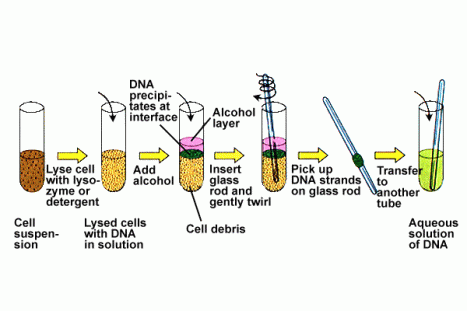
for further reading click HERE
Filed under: genetic engineering | Leave a comment »



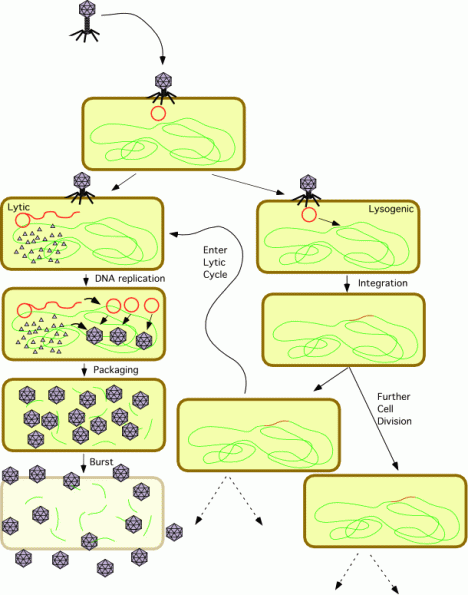
 Diagram
Diagram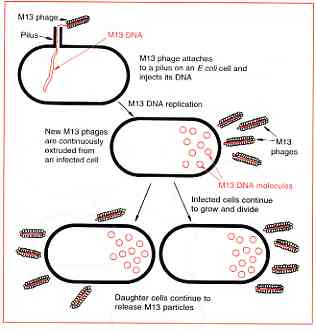 Diagrammatic representation
Diagrammatic representation